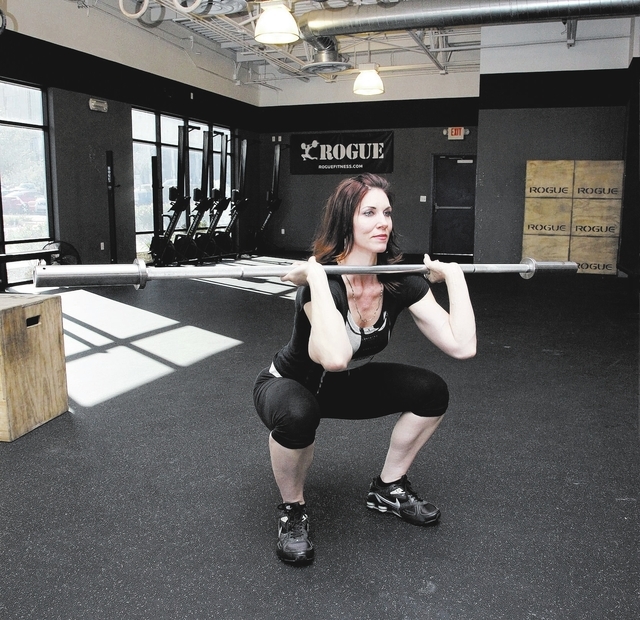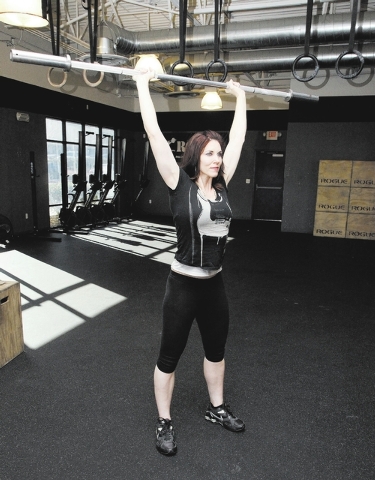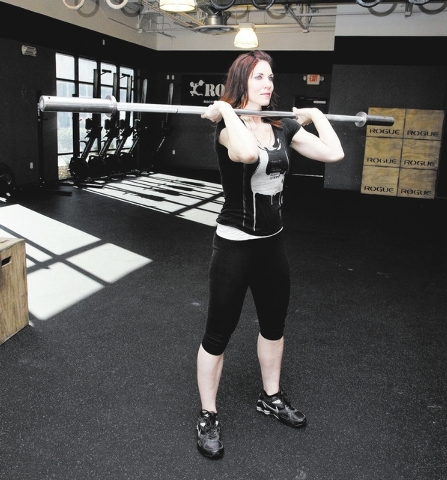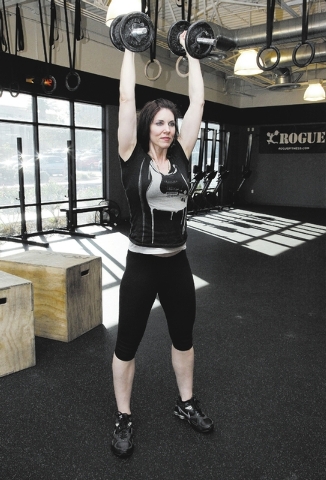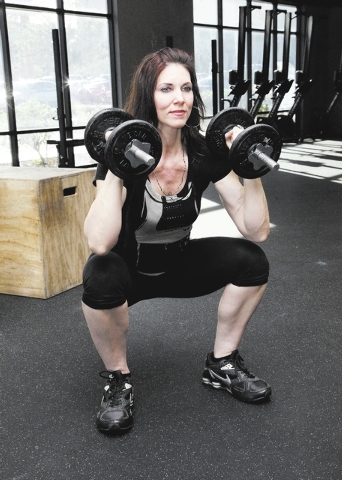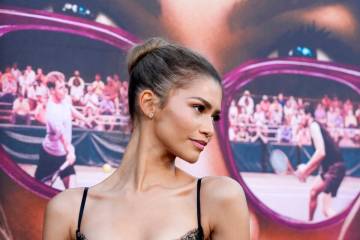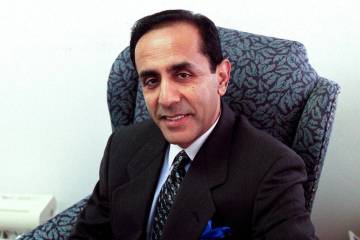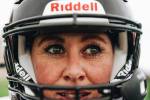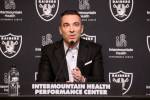For full-body conditioning, in thrusters you’ll trust
Squats and shoulder presses are hard enough when done as isolated movements. Let’s see what happens when we combine them into one movement, the thruster. The results may surprise you.
First of all, let’s take the heavy-weight part out of the discussion. Think of a weight that you can comfortably shoulder press about 10 times. That is the weight I want you to keep in mind as you read today’s column. Since your shoulder-press weight is far less than your squat weight, you should feel pretty comfortable moving through this exercise.
Thrusters are another total-body exercise with loads of benefits. Combining a squat mechanic with a press mechanic and holding it together with a tight core is genius.
Functional movements transfer to daily living. If this is your first time reading my column, I should tell you I love the squat. It is a functional exercise that teaches so many good movement habits. The squat is in most of your daily movements and mastering it will take you far, as will the shoulder press. Understanding its form principles will help your shoulders last for years to come. See my earlier columns on these exercises for the breakdown at reviewjournal.com/trainer.
Thrusters are functional because they condition many areas of the body to move together correctly. Core stability and strength form the glue that holds the upper- and lower-body exercises together. The core will get strong as you progress the thruster by working on form and adding weight.
Thrusters are a great exercise for building back strength. Having the weights in the front rack position does two things. First, it creates an upright torso when squatting to prevent the bar from falling forward. This means the entire back works hard to maintain that posture. Second, you also get some hip training. Athletes who tend to lean forward on a back squat will look a lot better when the weight is in front. You will notice a stronger back within a few weeks of doing thrusters.
There is a hip mechanic built into the thruster that is superbeneficial to learn. That is where the thruster gets its name. Thrust for thrusters is achieved by creating speed through the middle of the squat. A full range squat requires the hip to crease below the knee level. When coming out from that bottom position, it is difficult to generate maximum strength. When the hip reaches the midpoint between the knee and full hip extension, it has potential to generate maximum power.
Training athletes to find and engage this point is the difference between lifting 75 pounds and 100 pounds overhead. This is the trick to having the shoulders appear to lift more than their maximum load safely and with ease.
I like to use the analogy of our hips being a supercar parked in the garage. When athletes incorporate efficient hip mechanics into movement they can do extraordinary things.
If unlocking hip potential is tricky for you, get with a trainer at your gym and have him or her help.
Shoulder position and strength will improve from doing thrusters. Having a straight back means the shoulders will be pulled into a stable position. Using the hip to generate speed through the middle means the shoulders don’t have as much to lift. The hip will do about 75 percent of the shoulders’ work. This means all the shoulder has to do is minimal lifting and mostly stabilization.
Total-body exercises like thrusters are extremely good at tiring athletes. Supercars use tons of gasoline, and so do your hips. Combine that with all of the stabilization the body does to get a weight from the bottom of a squat to an overhead position and you have a recipe for metabolic conditioning.
Use this exercise as a primary exercise with a few reps at maximum load or as a secondary exercise with high reps and light weight. Either way, you will feel tired and spur your body’s natural adaptive ability.
When athletes get tired of thrusters there are some telltale signs. The elbows drop at the bottom of the squat. This means the back is getting tired. Do not lift with a rounded back. Put the weight down and recover some strength. Another cue is for the weights to press slowly toward the overhead position. This means there is no thrust in the athlete’s thruster. Take time to recover and try again. You will get better every week. Just be patient and focus on the technique.
If you have issues with squatting or pressing as isolated movements, take time to address them and move properly without pain before progressing to the thruster.
Chris Huth is a Las Vegas trainer. He can be reached at 702trainer@gmail.com. Consult your physician before beginning any exercise program.



